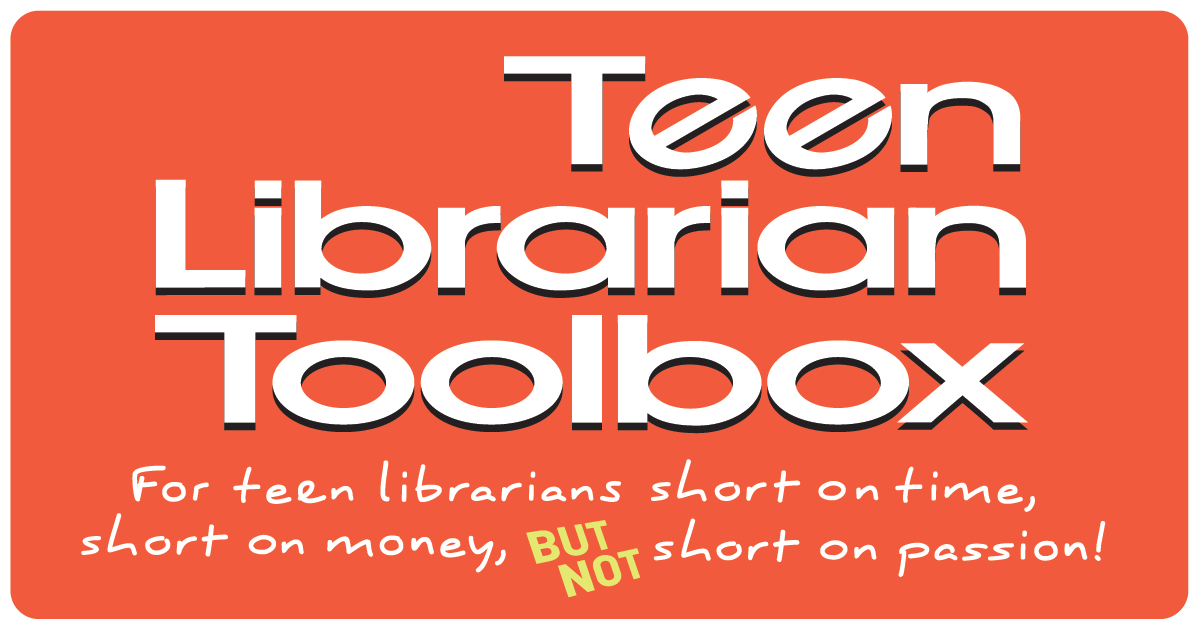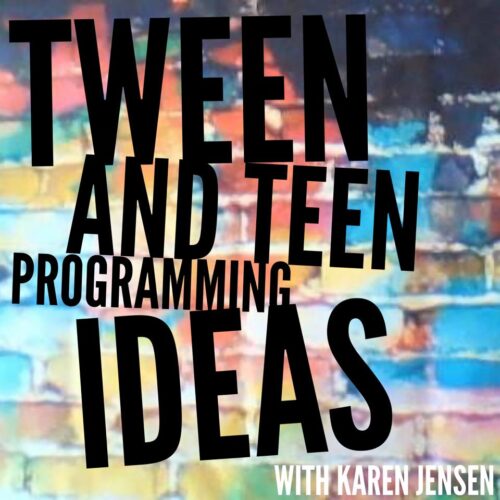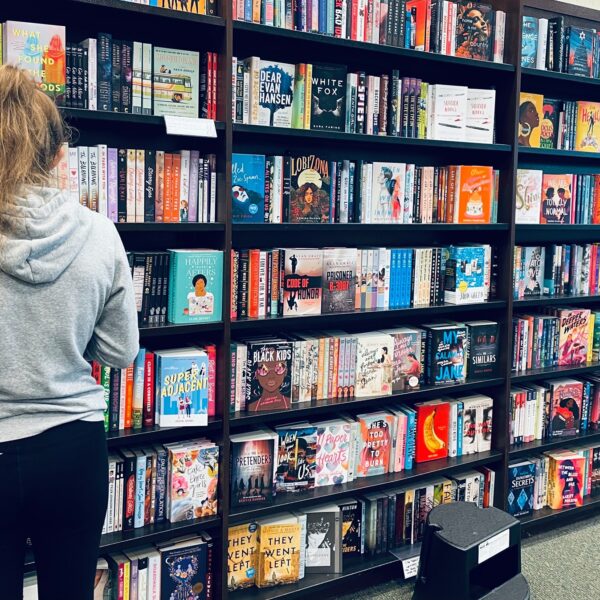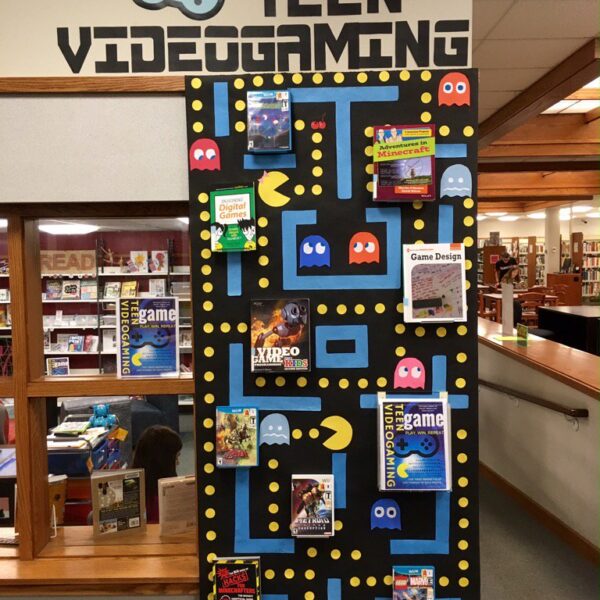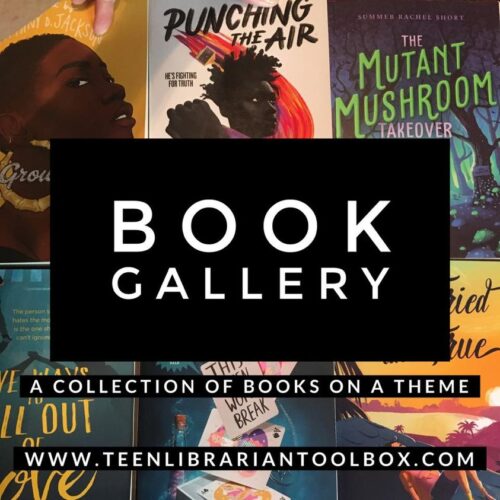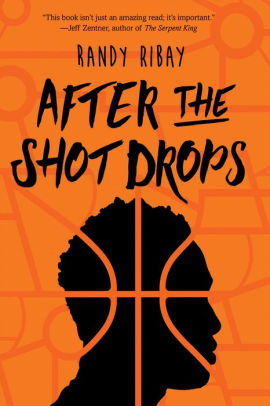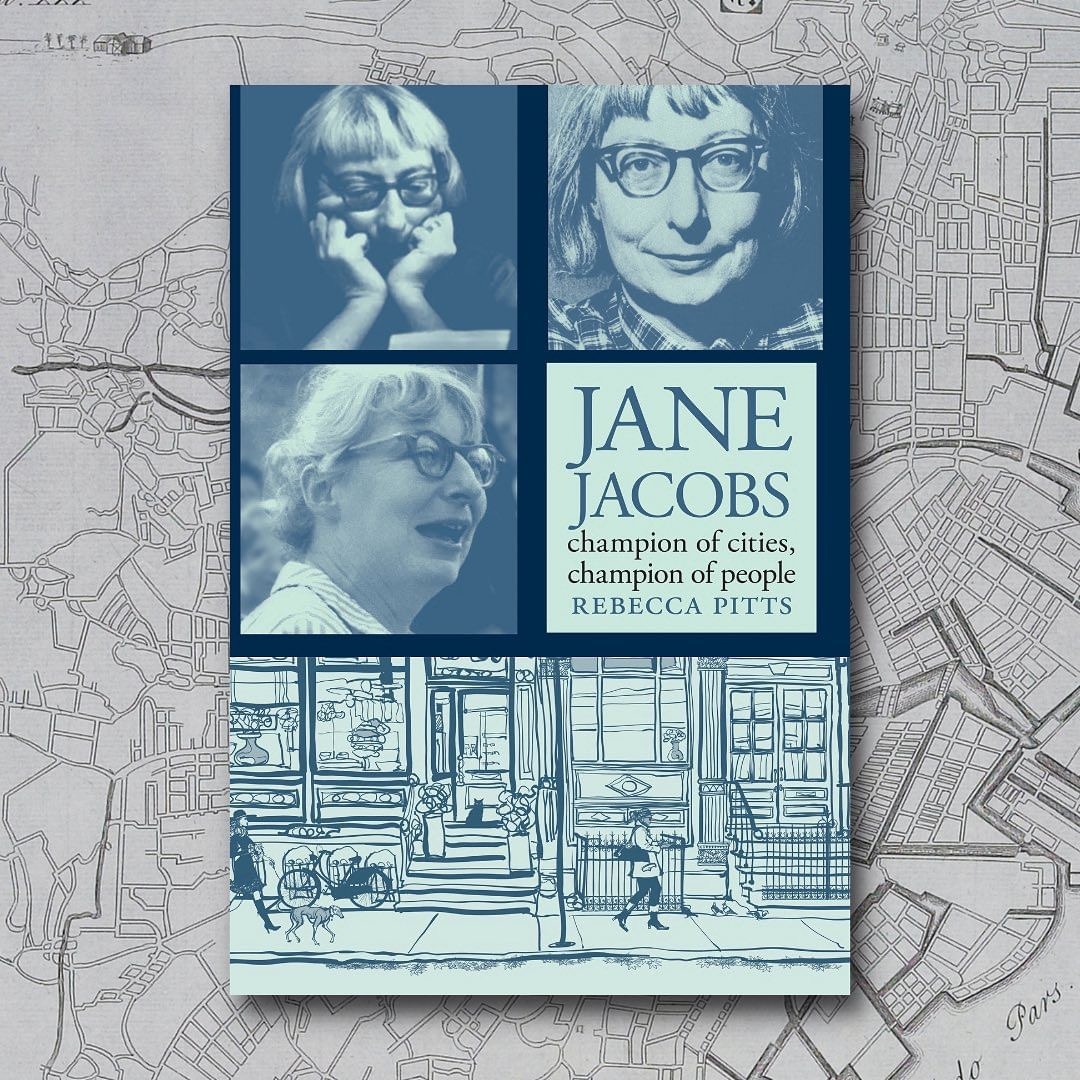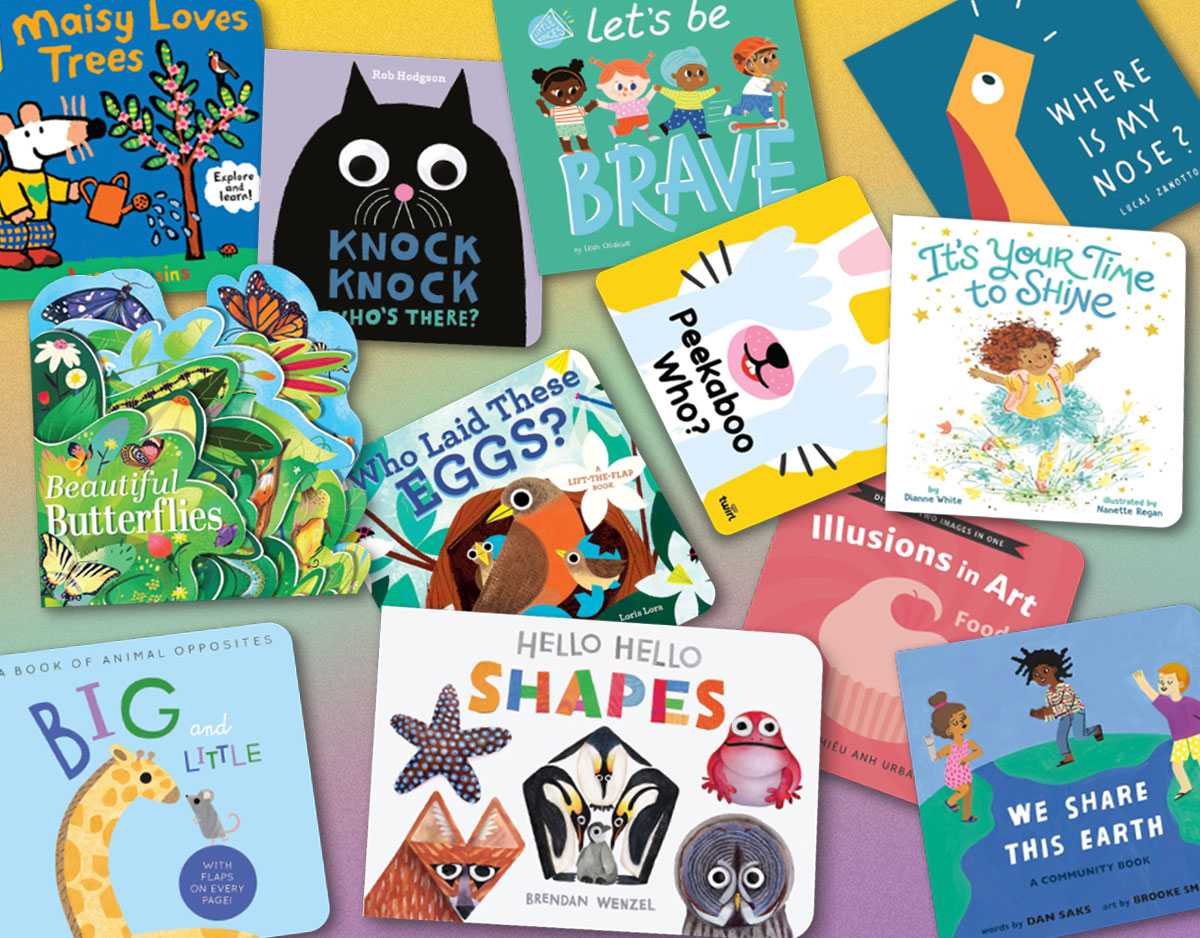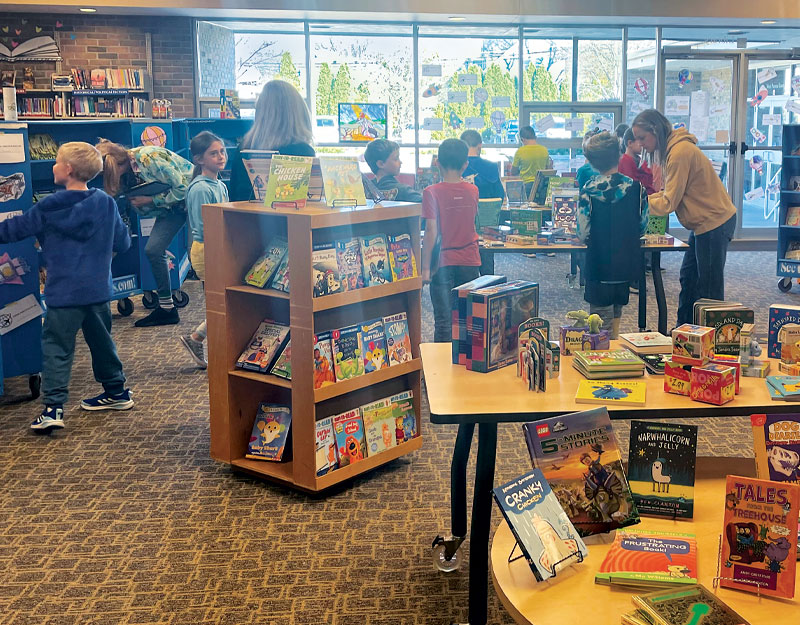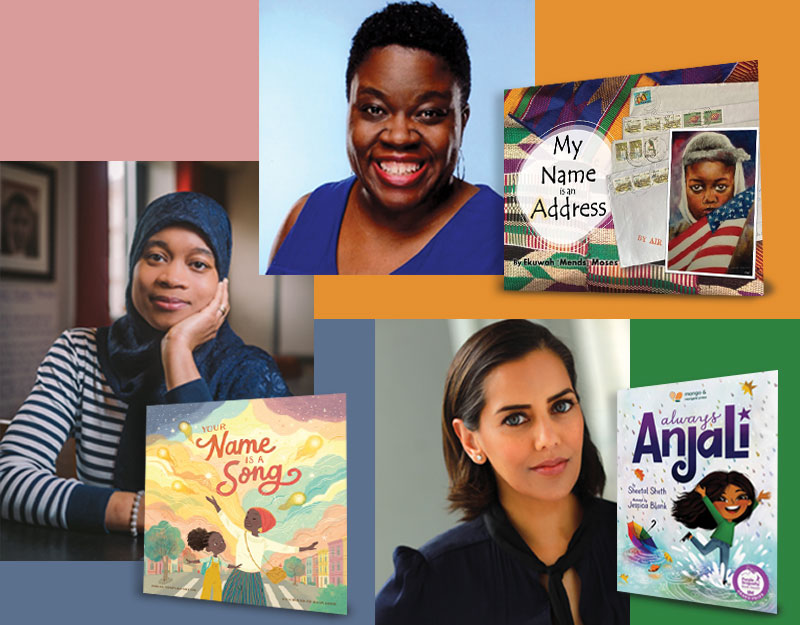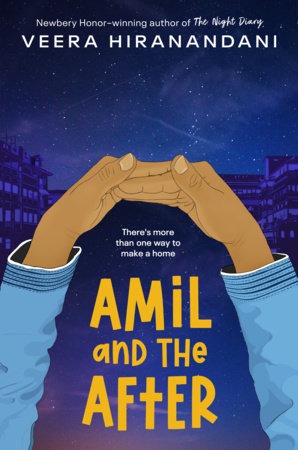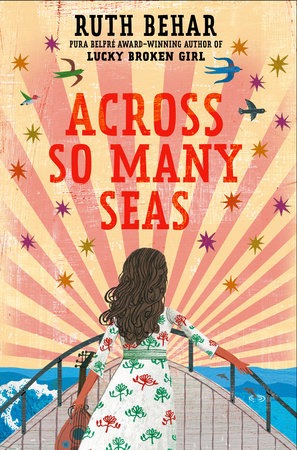
40 Developmental Assets
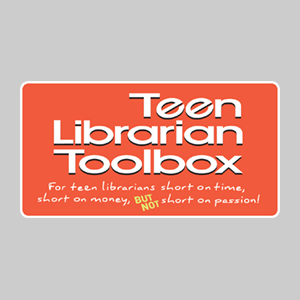
August 3, 2014 by Karen Jensen, MLS
Sunday Reflections: Sometimes You are Not the One, and That’s Okay
One of my earliest and most terrifying encounters working with teens in the library came early on in my career, before I had taken a single class to help me understand the ins and outs of just what it was I was signing up for. A teen boy came in to the library one day, […]

June 26, 2014 by Karen Jensen, MLS
Minecraft After Hours & Letting Teens Lead… and Fall
Maybe it was because it was on Friday the 13th.Maybe it was the heat, or all of the 5th grade classes I talked it up to.Maybe it was those 4th graders who snuck in under the age limit.Whatever it was, the Minecraft hangout and building contest that I hosted was both one of the biggest […]

January 20, 2014 by Karen Jensen, MLS
Take 5: DIY on Tumblr
Tumblr is an awesome place to hang out. It’s visual, fun, and easy to use. And believe it or not, it is a great place to find DIY outlines. Just last week author Tahereh Mafi shared a tutorial on how to make these glorious Shatter Me inspired shoes. I myself have shared several DIY tutorial […]
Popular Posts
ADVERTISEMENT
Related Articles on SLJ
More Recent Posts
Geek is the New Black: Low Tech Gaming in the Library
August 26, 2013 by Karen Jensen, MLS
Karen talked earlier about the benefits of electronic gaming in the library; I’m not going to repeat her points- just go HERE. However, there is a LOT to be said for low tech gaming as well. While some news outlets seem to think that today’s youth can’t be bothered with these types of games, I […]
The Cassandra Project, or youth involvement from the ground floor (a guest post by Patrick Jones)
April 9, 2013 by Karen Jensen, MLS
Today, I am very honored to present a guest post by YA Librarian GURU Patrick Jones, the author of many teen books and what has long been the ya librarian bible, Connecting Young Adults and Libraries. As a librarian in Ohio, I once attended library training presented by Patrick Jones as a result of an […]
Where Everybody Knows Your Name…. Thinking about Want Teens Need
April 2, 2013 by Karen Jensen, MLS
I’ve been a fan of Connected Learning for a while- I really like their streaming learning environment, and their topics. The one for March 21 was on HOMAGO spaces (Hanging Out, Messing Around, Geeking Out) which is an awesome concept (read our previous post called Don’t Underestimate the Value of Hanging Out), and takes what […]
ADVERTISEMENT
Crafting: It’s not just about the duct tape
March 26, 2013 by Karen Jensen, MLS
If you do craft programs at your library, you know it’s a great way to bring people in and bump up your attendance statistics. But crafting and libraries are an ideal match for many less selfish reasons as well. As National Craft Month comes to a close, let’s reflect on what crafts can bring to […]
A Night of Firsts
November 29, 2012 by Karen Jensen, MLS
Last night I was invited by Dr. Joni Bodart to speak to her MLS students. Since she teaches on the West Coast (I miss you place where I grew up), I had to drop in via my computer. It was a night of firsts for me. The first thing you should know is that it […]
Get active, change the world: Social campaigns for teens (Teens Can Make a Difference)
November 9, 2012 by Karen Jensen, MLS
If you spend any time looking at the 40 Developmental Assets (which you should), you’ll note that several of them touch on the idea that teens want (and need) to have a sense of purpose and feeling of control over their lives and futures; they need to know that they can have a positive influence […]
Top 10: Gaming in the Library
November 2, 2012 by Karen Jensen, MLS
The first Saturday in November is now reserved for International Games Day, and I happen to love it. I know it may tweak some librarians (IT’S NOT READING!!!!) but gaming is literacy if you know what to look for, and it’s an important tool in the 40 Developmental Aspects for Teens (and for younger kids […]
ADVERTISEMENT
Archives
ADVERTISEMENT
Trending on the SLJ Blog Network
Follow This Blog
Enter your email address below to receive notifications of new blog posts by email.

